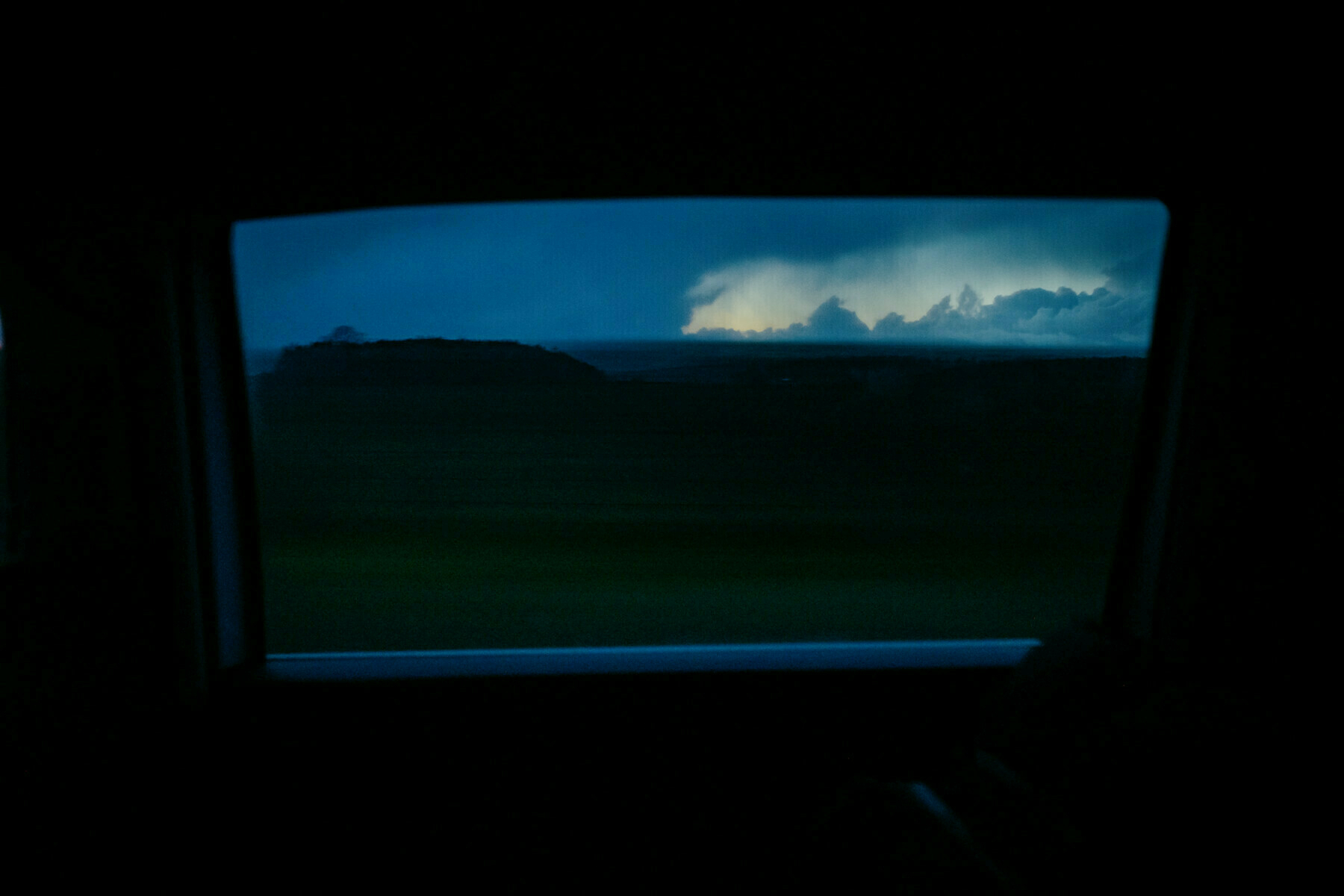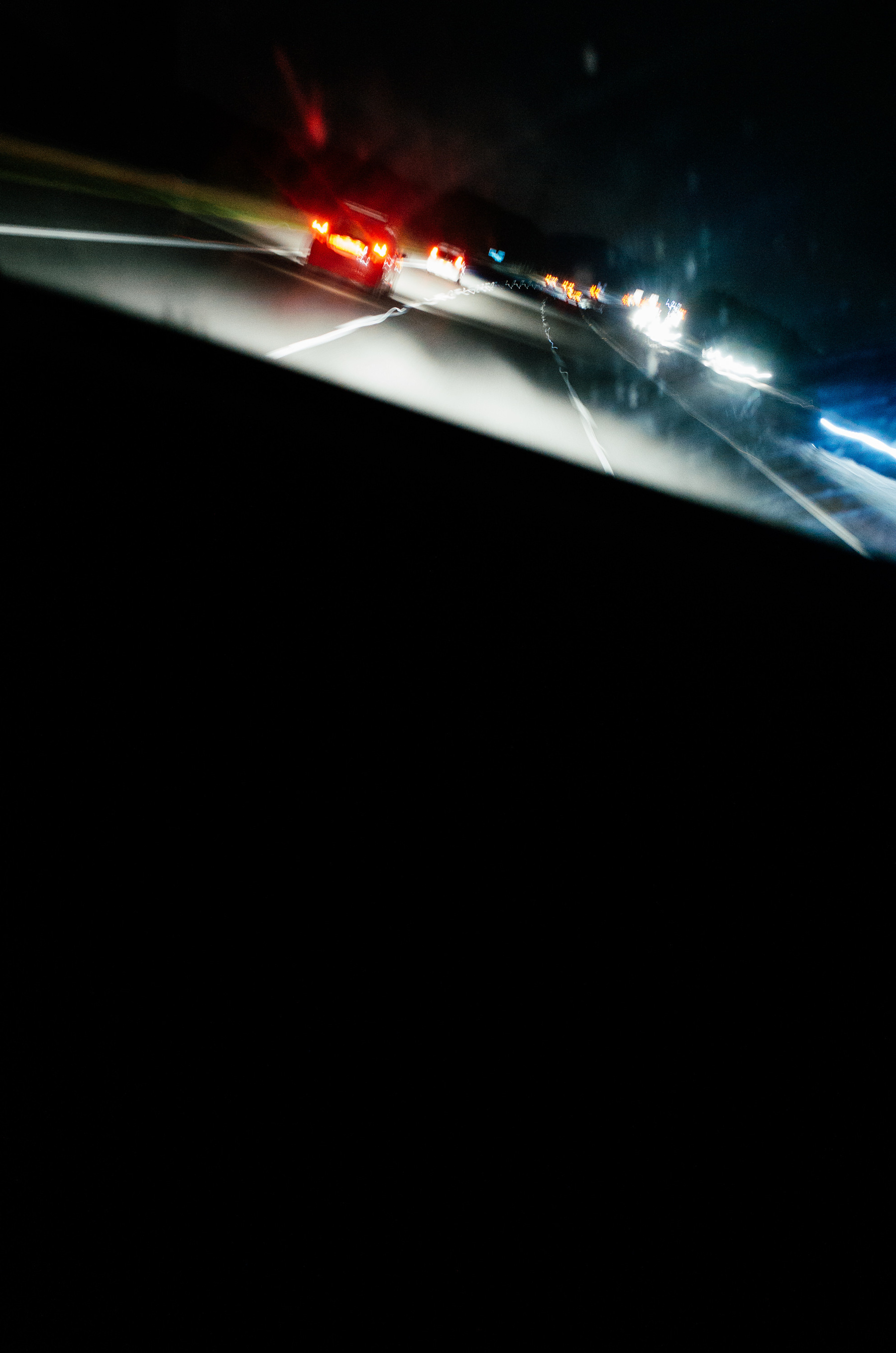Time
Eternal Cognitive Locations
Apr 6, 2024
I loved Matt Webb’s short post about driving in the dark, listening to the Twin Peaks soundtrack, his wife and child asleep. He talks about night driving as “an eternal cognitive location”, an in-between space, a thinking state.
In Matt’s lovely words:
I think you access something other and special when you escape time, escape selfhood, whether that’s driving in the dark or sitting in a hotel lobby or walking, that’s another one.
It does a disservice to this cognitive state to believe that it can be found only with psychedelics or meditation or whatever, whereas there are mundane apertures too, and we do a disservice to alternative cognitive states to choose to name “flow," simply because it relates to productivity, and to leave nameless this mode of becoming diffuse and sensitive, able to sense resonances and new ideas from species memory and from the future, and from there, pluck them, and return home with them.
Driving at night is just one of the situations that act as a gateway into a similar subtle and unbounded creative state for me. I love the feeling of being the only passenger still awake on a night flight, listening to music, perhaps looking out the window at the faint black curve of the edge of the world. Or being awake in the early hours pacing back and forth, lulling the baby in your arms to sleep using a combination of deep breathing and telepathy. Also, working late at my old studio on a Friday or Saturday night, the building empty, the present moment stretched to infinity, nothing beyond the glow of the screen and the warm pool of light from the desk lamp.
It’s a different kind of quiet in the early hours. Being alone, or alone amongst others is a big part of what makes it peaceful, but it’s not lonely. The tranquility embraces you, smudging your edges. Comforted, you’re able to let the tendrils of your thinking radiate outwards. The darkness is essential too — it drapes a blanket of stillness over the rest of the world — as if the only movement in the block universe is happening in the dimly-lit space that surrounds you. You’re outside of spacetime, gestating in womb-time.

Democratically elected governments can to some degree adapt to spatially extended responsibility, because our communications technologies link people who cannot meet face-to-face. But the chasm of time is far more difficult to overcome, and indeed our governments (democratic or otherwise) are all structured in such a way that the whole of their attention goes to the demands of the present, with scarcely a thought to be spared for the future. For [Hans] Jonas, one of the questions we must face is this:
“What force shall represent the future in the present?”